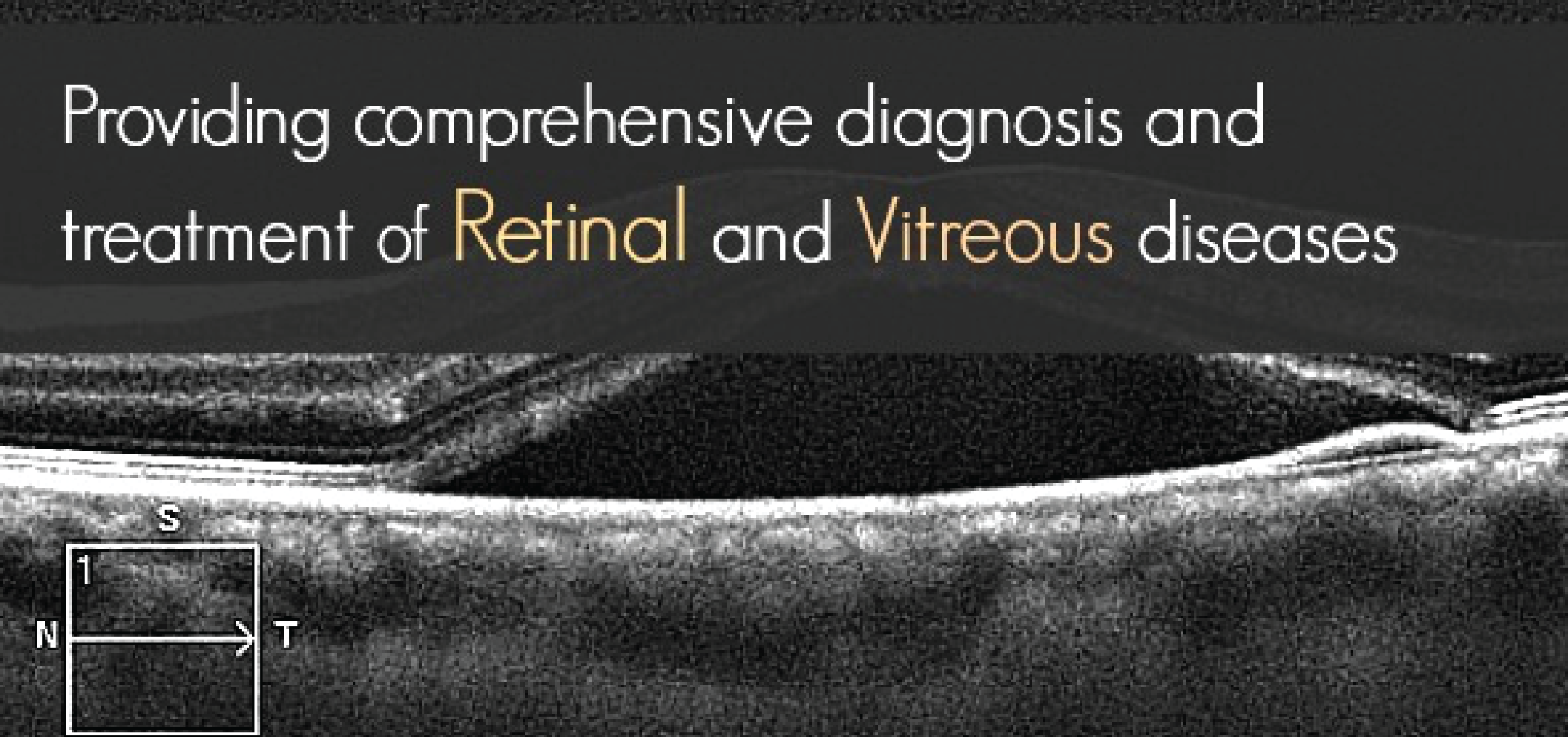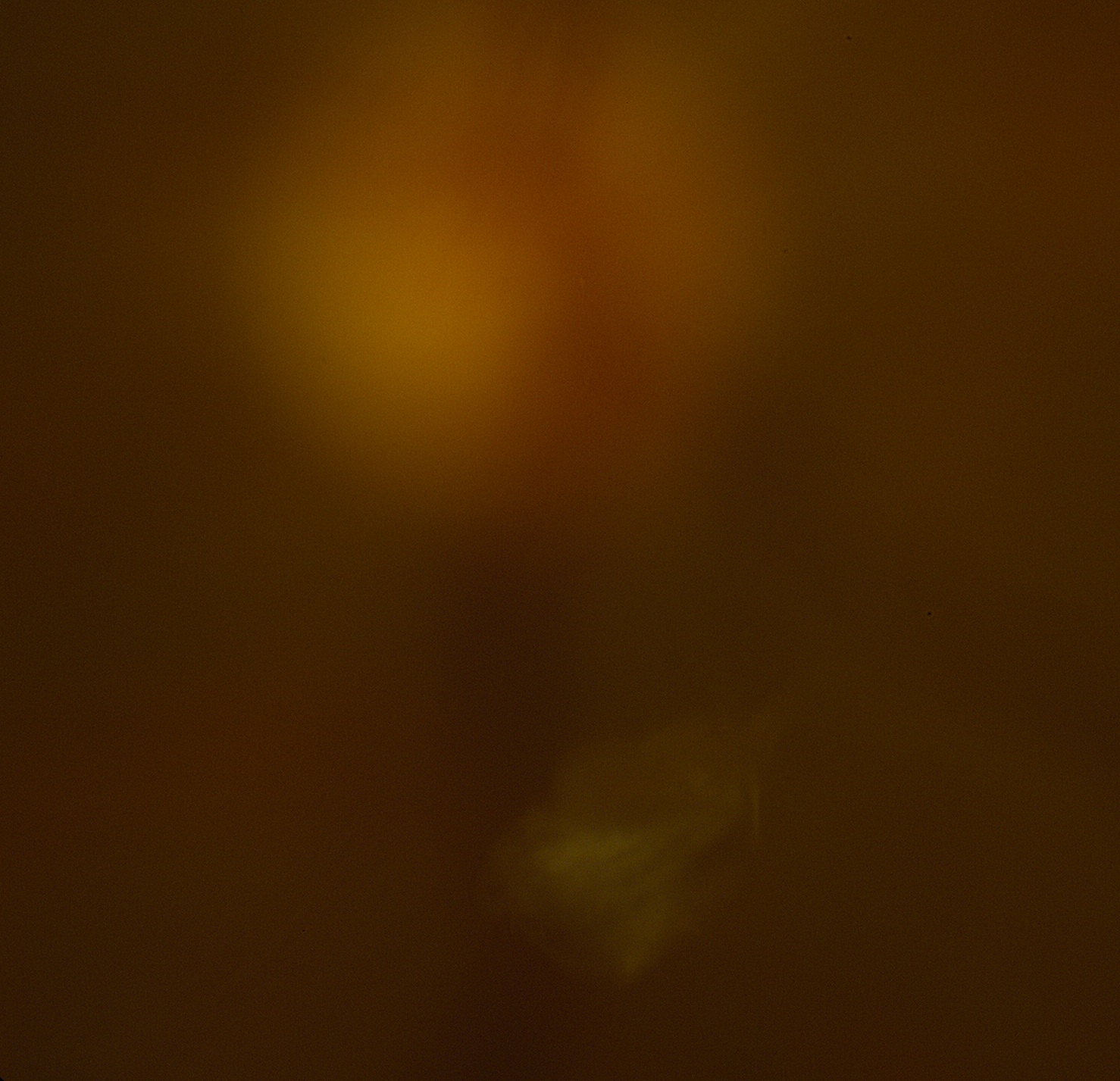Posterior Vitreous Detachment (PVD)
A posterior vitreous detachment (PVD) is a common age-related condition in the eye. When we are young, the vitreous gel in the middle of the eye is firmly attached to the retina. As we age, the vitreous gel liquifies, and as it liquifies, it also contracts and pulls away from the retina. When the vitreous has detached from the retina, a posterior vitreous detachment is said to have occurred. Once the vitreous has pulled away, it poses no threat to the retina. However, while the vitreous detachment is occurring, it has potential to “tug too hard” on the retina and cause a retinal tear. Around 15% of the time, a PVD will cause a retinal tear. Therefore, patients having an acute PVD should undergo a dilated retinal exam.
When a PVD begins, a patient typically notices a large “cobweb” or “string-like” or “blob” floater in their vision. The patient may also complain of light flashes or a curtain-like shade over their vision. Patients experiencing these symptoms should contact their eye provider, and a dilated eye examination should be performed soon thereafter.
No treatment is usually necessary for a PVD.









